Matariki is the Māori name for the cluster of stars also known as, amongst other things, Pleiades, the Seven Sisters, and Subaru. The cluster of nine stars rises as one group in our sky in June/July and signifies the start of the Māori New Year.
Traditionally it’s a time for rest, reflection, celebration, hope, and festivity after the harvesting of crops; a time for honouring ancestors and celebrating life. In Te Ao Māori (the Māori world) each of the whetū (stars) of Matariki is associated with different domains of our environment and surroundings.
Matariki is highly regarded and especially celebrated within Manaaki Whenua as many of the nine stars also link to the important research undertaken by, and values held, within our organisation. For example, the Matariki star speaks to caring for the environment, Tupu-ā-nuku to soil and land-use, while Tupu-ā-rangi links to our biodiversity, Waitī to our freshwater resources, and Waipuna-ā-rangi to climate change.
This year, best time to view the rise of the Matariki star cluster in the winter skies is before sunrise between 21st June and 29th June.
Take a closer look at the nine stars and what they represent.
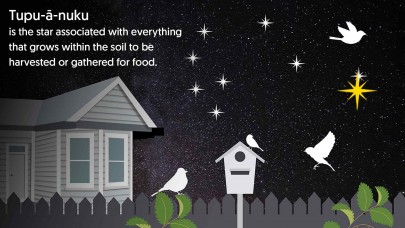 Tupu-ā-nuku
Tupu-ā-nuku
Tupu-ā-nuku is the star associated with everything that grows within the soil to be harvested or gathered for food. If she was bright in the morning sky before the rising of the sun, it was a sign that crops would grow well, be plentiful. And, so, if she was dim, the news wasn’t as great.

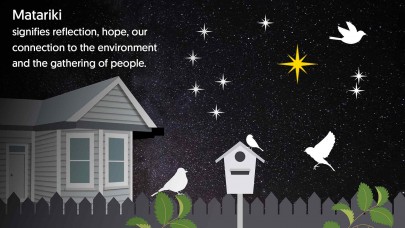
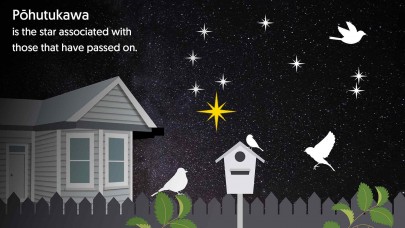 Pōhutukawa
Pōhutukawa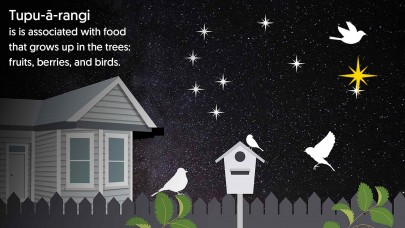 Tupu-ā-rangi
Tupu-ā-rangi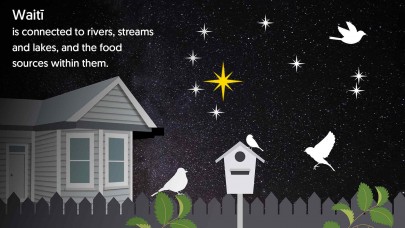 Waitī
Waitī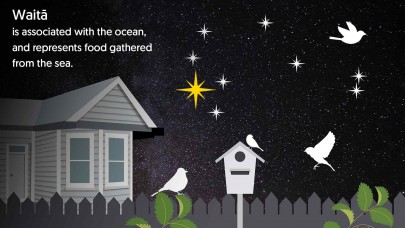 Waitā
Waitā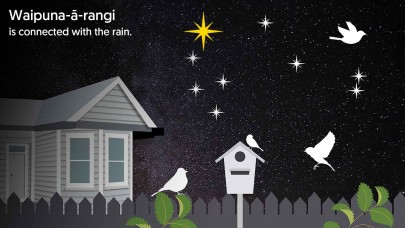 Waipuna-ā-rangi
Waipuna-ā-rangi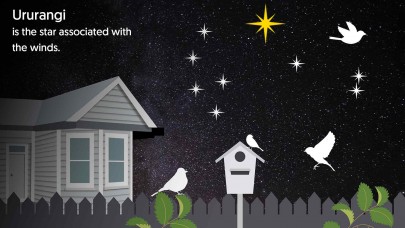 Ururangi
Ururangi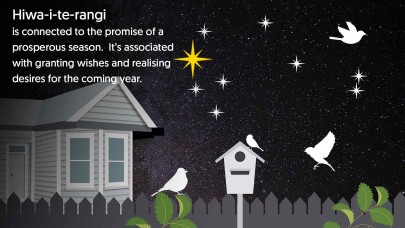 Hiwa-i-te-rangi
Hiwa-i-te-rangi